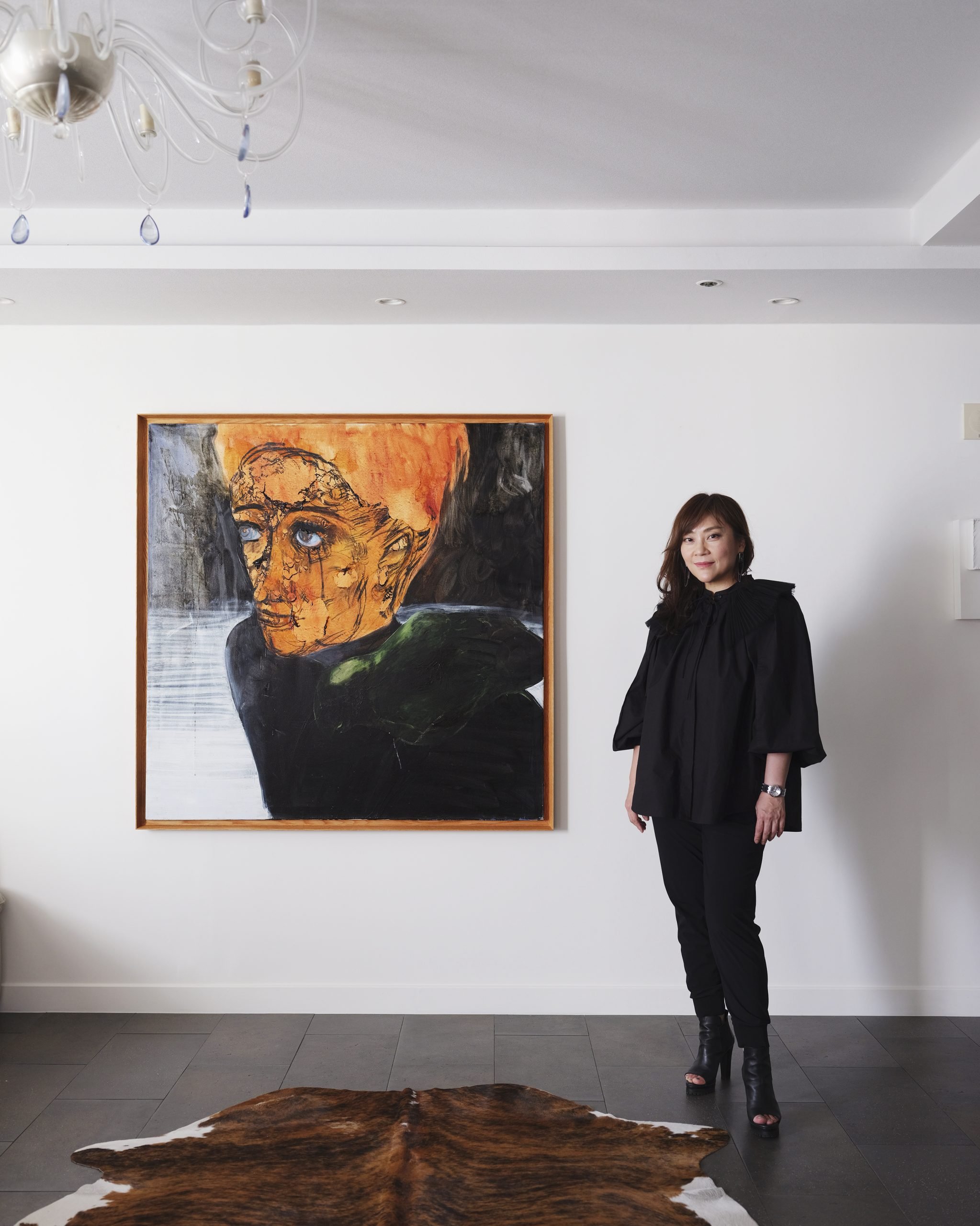Untitled (Friends)
2016 - NFT (NFT)
Gregory Halpern
Gregory Halpern spent five years shooting ZZYZX , and another year editing the results, from an estimated thousand rolls of film, about half of which were shot in the final year after his Guggenheim Fellowship enabled him to live in California. According to Halpern, the series “is grounded in reality, but it occupies an in-between space, between documentary and a certain sense of mystery.” …“I see ZZYZX as part of a continuum but edging a little closer towards fiction.” The series title is borrowed from the village Zzyzx (pronounced zye-zix), formerly Soda Springs, but rechristened by the mineral water pioneer, Curtis Howe Springer, in 1944. The eccentric Springer named it after what he claimed to be the last word in the English language. The images in the ZZYZX series begin in the desert east of Los Angeles and drift west, through the city, and finally end at the Pacific ocean. This general westward movement is a pilgrimage toward the ocean, and alludes to the manifest expansion of America from east to west. The people, places, and animals in the series did appear before Halpern’s camera, but he has selected and organized the images into a work of fiction or fantasy, with assistance from artist Jason Fulford on the sequence. The work brings together seemingly disparate images of environmental crisis, kinship, entertainment, urbanity, and stunning vistas. There is a strange narrative harmony to the series—the sublime, the psychedelic, and the self-destructive. Southern California is unpredictable, wild. Cultures and histories coexist, the beautiful sits next to the ugly, the redemptive next to the despairing, and all under the golden state’s radiant light, as transcendent as it is brutal.
Gregory Halpern is an acclaimed American photographer whose practice is predicated on wandering. Combined with a curiosity about the elusive qualities of Americanness, he makes images that mix documentary and fiction. He has been celebrated for his pioneering photobooks, which involve rich colors, thoughtful sequencing, and evocative associations between images as a form of storytelling.
Colors:
Other related works, blended automatically
» see more

© » KADIST
Gregory Halpern
2016Gregory Halpern spent five years shooting ZZYZX , and another year editing the results, from an estimated thousand rolls of film, about half of which were shot in the final year after his Guggenheim Fellowship enabled him to live in California...
Related works sharing similar palette
» see more

© » LARRY'S LIST
Yu Ji
The collector is developing projects that allow her to support artists in her own unique way....
Other works by: » Gregory Halpern
» see more

© » KADIST
Gregory Halpern
2016Gregory Halpern spent five years shooting ZZYZX , and another year editing the results, from an estimated thousand rolls of film, about half of which were shot in the final year after his Guggenheim Fellowship enabled him to live in California...

© » KADIST
Gregory Halpern
2016Gregory Halpern spent five years shooting ZZYZX , and another year editing the results, from an estimated thousand rolls of film, about half of which were shot in the final year after his Guggenheim Fellowship enabled him to live in California...

© » KADIST
Gregory Halpern
2016Gregory Halpern spent five years shooting ZZYZX , and another year editing the results, from an estimated thousand rolls of film, about half of which were shot in the final year after his Guggenheim Fellowship enabled him to live in California...

© » KADIST
Gregory Halpern
2016Gregory Halpern spent five years shooting ZZYZX , and another year editing the results, from an estimated thousand rolls of film, about half of which were shot in the final year after his Guggenheim Fellowship enabled him to live in California...
Related works found in the same semantic group
» see more

© » KADIST
Guy Woueté
2019The video installation Le Fou Postcolonial Insane by Guy Woueté is a series of five videos that examine the concept of insanity in the post-colonial Democratic Republic of Congo...

© » KADIST
Rodrigo Torres
2016In his Conceito abstrato series, however, Rodrigo Torres turns to the abstract, using the shapes, numbers, lines, and subtle colors of international currencies to create non-representational forms with lavish geometries and baroque curving forms....





